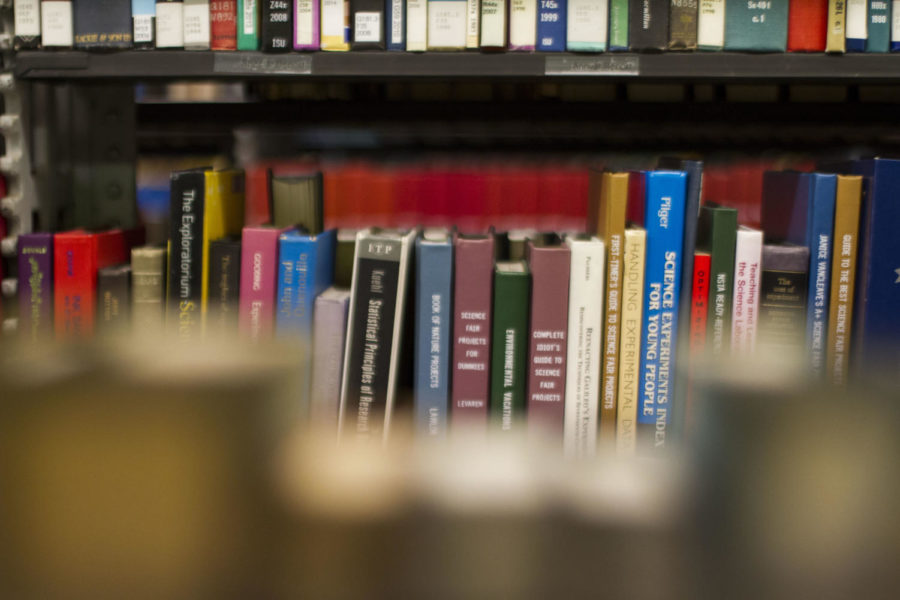- Ames247
- Ames247 / Arts
- App Content
- App Content / Lifestyle
- Limelight
- Limelight / Visual Media
- Limelight / Visual Media / Books
- Limelight / Visual Media / Film
Books vs. film adaptations
Columnist Parth Shiralkar believes everyone should appreciate public libraries because of the services they offer and the joys reading can bring.
December 4, 2017
Books versus movies, a long-time rivalry.
For most book lovers out there, when a movie adaptation is made from one of their favorite books they feel one of two things: worried that it won’t amount to the books greatness, or excited to see how the director set up the movie and brought their favorite characters to life.
So, what makes a good book-to-film adaptation, and what does “good” even mean in this context? The number one factor that makes a book-to-film adaptation good is the amount of faithfulness the film adaptation has to the book. Obviously, if a reader loved a book and decided to go see the film, they would most likely be wanting to see what they loved about the book come to life on the screen. This includes, keeping the same plot line as the book and adding major details, though small twists the director adds to the film can be quite enjoyable.
The second factor in whether a book-to-film adaptation is good, is honestly just personal opinion. There have been many popular book series that have turned into film adaptations that became blockbusters within a few days or even hours, and are largely viewed all over the world. A few examples of these being the “Harry Potter,” “Narnia,” “The Hunger Games,” and “Divergent” franchises.
Depending on personal values, likes, dislikes, and personal view of the world, opinion over certain books and movies alike will differ.
Some people love reading, some do not. This also plays a large part in liking the book or movie better. Maybe the movie won’t be good, but by not reading the book before or even after watching the movie, you will never get to choose a side.
Now lets take a look at some famous movie “flops.”
One common film adaptation I found to be on many books into “not so good” movies lists was, “The Scarlett Letter” (1995). The novel of the same name was published in 1850 by Nathaniel Hawthorne, and is considered to be his masterwork.
When the movie was released in 1995, it quickly saw negative reactions. According to Wtop.com, actress Demi Moore “…simply couldn’t carry the role of Hester.” According to Avclub.com, “The Scarlett Letter” film adaptation, “widely reviled a happy ending for a book that pointedly lacks one.”
Another film adaptation that has had a rough go is “Percy Jackson & The Olympians: The Lightning Thief” (2010). The novel was published in 2005 by Rick Riordan, and was an instant success, winning many awards including topping The New York Times “Children’s Best Sellers” list. When the film adaptation was released it saw many mixed reviews. On Metacritic.com the film recieved an average score of 47 out of 100 and it didn’t do much better on IMDB, with a score of 5.8/10.
These are only two of the many book-to-film-adaptations that have been known as “flops.” A few more films include: “The Great Gatsby” (2013), “Eragon” (2006), “Twilight” (2008) and “Cat in the Hat” (2003).
All of these films failed to garner the same praise that their paper-bound counterparts did years earlier. This brings us back to the age-old question, why can it be so difficult to adapt a popular book into a film?
So if you have any down time during the holidays and aren’t sure what to do, challenge yourself by reading a novel that has a film adaptation, and compare the two. Even going back and reading a favorite classic and then watching the film, I’m sure you will catch something you never noticed before.







